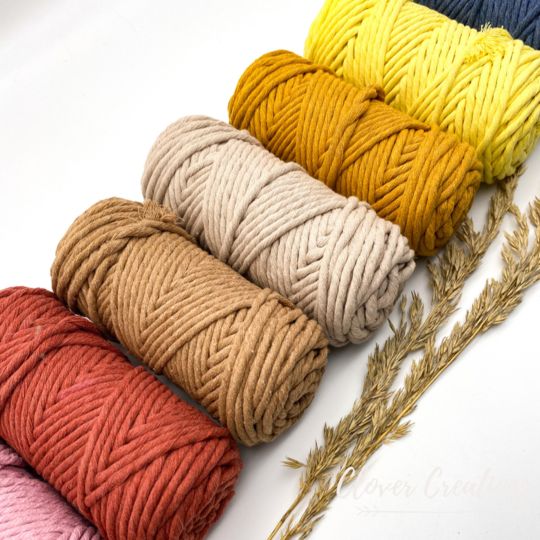Your cart is currently empty!
The Influence of Macramé in Global Craft Traditions
Macramé, the art of tying threads into intricate patterns, has experienced a resurgence and captivated audiences around the world with its versatility and aesthetic appeal. This timeless craft has roots that span continents, stemming from different cultures and evolving with each generation to reflect regional styles, materials and cultural significance. Macrame, which originated as early as the 13th century with Arab weavers, reached Europe via trade routes, where it was adopted and further modified by local craftsmen. Sailors who made macramé during long sea voyages and exchanged ideas with communities in South America, Asia and Africa also played a key role in its spread. These exchanges enriched the craft and brought together the motifs and techniques that now contribute to macrame’s unique worldwide appeal. Each culture has brought its own perspective to macramé, creating variations that mix local materials and symbolic elements. In South America, artisans in countries like Peru and Brazil use natural fibers and vibrant colors inspired by the landscape and native heritage of the region. In Africa, macrame is often combined with beadwork to create patterns that symbolize unity, prosperity or cultural rituals. Japanese artisans have even combined macramé with kumihimo, the art of cord weaving that has deep connections to samurai culture and traditional clothing. Today, the worldwide popularity of macramé has not only revived this ancient craft, but also fueled an appreciation of sustainable, handmade products. Many modern creators use organic, biodegradable fibers, aligning macrame with eco-conscious values. Artisans in Australia and the United States have pioneered large wall hangings, plant holders and boho-inspired decorations that have become staples of modern design. From fashion and accessories to home decor and fine art, macramé’s adaptability demonstrates its universal appeal and ability to transcend boundaries while maintaining a sense of heritage. Macrame’s influence on world craft traditions is a testament to the beauty of cross-cultural creativity. As macramé continues to inspire artisans around the world, it reminds us of the timelessness of traditional crafts and their power to unite people and cultures in a shared appreciation of art, history and sustainable practices.
Recent Posts
- Modern Elegance Meets Gujarati Heritage: Macrame for New Year Decor
- History of Macrame Across Cultures: From Ancient Techniques to Modern Revival
- Threads of Tradition: Gujarat Macrame Ideas to Welcome the New Year
- Weaving New Beginnings: Gujarat Macrame Decor for a Stylish New Year
- Winter Wonderland: Using Macrame to Create a Cozy Christmas Vibe
Archive
Tags
.macrame art Artisan journey Beginners guide Bohemian home decor Community empowerment Custom macrame DIY macrame decor easy macrame projects Festive decoration Garba accessories Gujarat artisans Gujarat craft Gujarat handmade Gujarat India Gujarat macrame artisans Handicrafts handmade Handmade curtains Handmade decorations Handmade Gujarat Handmade products High-quality macrame Home decor home décor trends Innovative macrame Karva chauth home decor Local artisans Local craft Local products macrame art for beginners Macrame curtains Macrame Knots Macrame potli Macrame process Macrame products Macrame tools Macrame torans macrame Wall décor macrame wall hangings Materials for beginners Modern home decor Navratri fashion Personalized macrame Personalized products Sustainable Navratri decor

